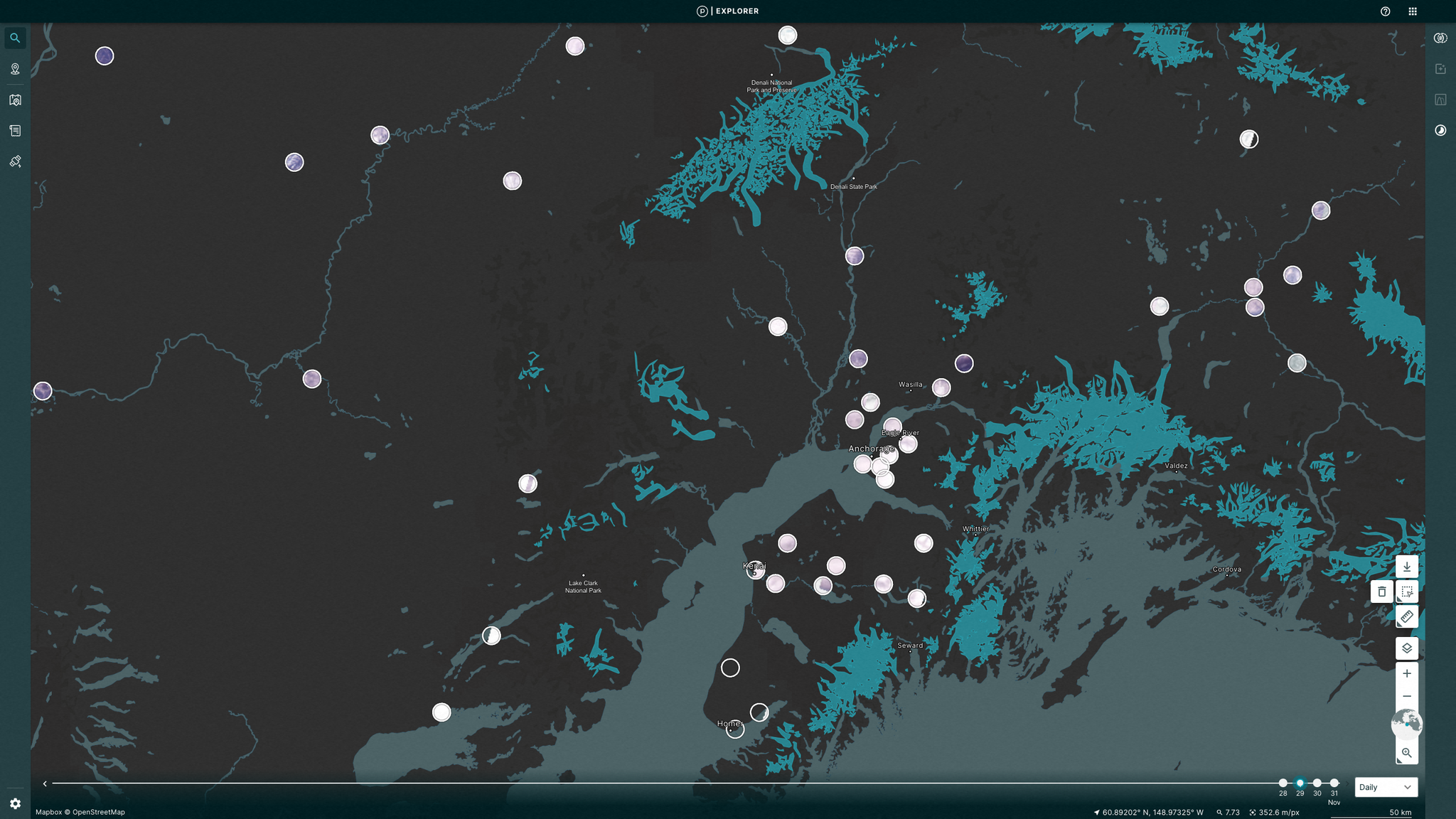Planet Builds Business in State and Local Government Sector

Pascagoula River Coastal Preserve, Mississippi. © 2021, Planet Labs Inc. All Rights Reserved.
NewsEvery year, Planet data is utilized by state and local governments to track environmental change, support regional enforcement efforts, and make informed decisions. We were thrilled to see new partnerships with local governmental entities begin in 2021, including the State of Alaska and the Mississippi Department of Marine Resources. Through their 7-month pilot program, Planet and the State of Alaska explored solutions for department managers that have historically been challenged by Alaska’s unique geography, marked by severe winter storms and remote landscapes. Notably, 82% of Alaskan communities are inaccessible by roads, and it is time consuming and costly to get boots on the ground for evaluations. Previously, employees would take small aircraft to monitor approximately 50 weather stations across 90 million acres of land to determine when a station became snow-free. With daily PlanetScope images, their team was able to look back at satellite imagery day-by-day to determine the exact moment the station became snow-free, saving substantial time, costs, and energy, and increasing the accuracy of the data collected. By decreasing the number of aircraft trips needed to these remote regions, Planet’s data also significantly increased employee safety. [caption id="attachment_147997" align="aligncenter" width="2560"]



Ready to Get Started
Connect with a member of our Sales team. We'll help you find the right products and pricing for your needs.

